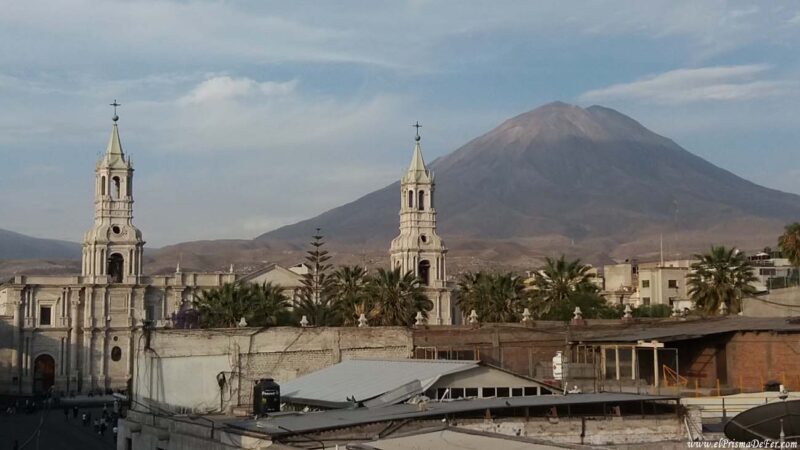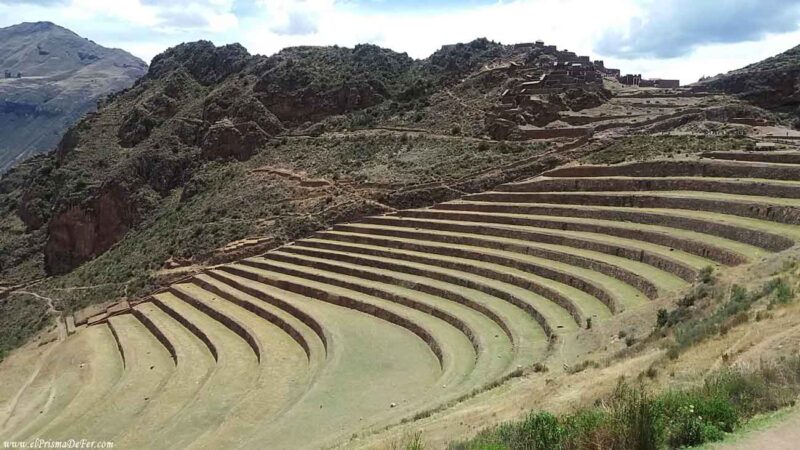I visited Cusco as part of my 2-week itinerary traveling through Peru, and I loved the city for its striking mix of history and tourism. Walking through its cobblestone streets, you'll come across colonial churches, Inca temples, and at the same time, modern restaurants, bars, and tour agencies on every corner. It's a place that thrives on tourism, and that's evident in the constant flow of tourists from all over the world.
Cusco was also my base for exploring the surrounding area, as most excursions to the Sacred Valley, Machu Picchu, and other archaeological sites depart from here. Still, the city itself has plenty to see and do, from museums and temples to markets and viewpoints.
Spending a few days in Cusco is not only necessary to acclimatize to the altitude, but also to enjoy everything it has to offer before embarking on the region's great adventures.
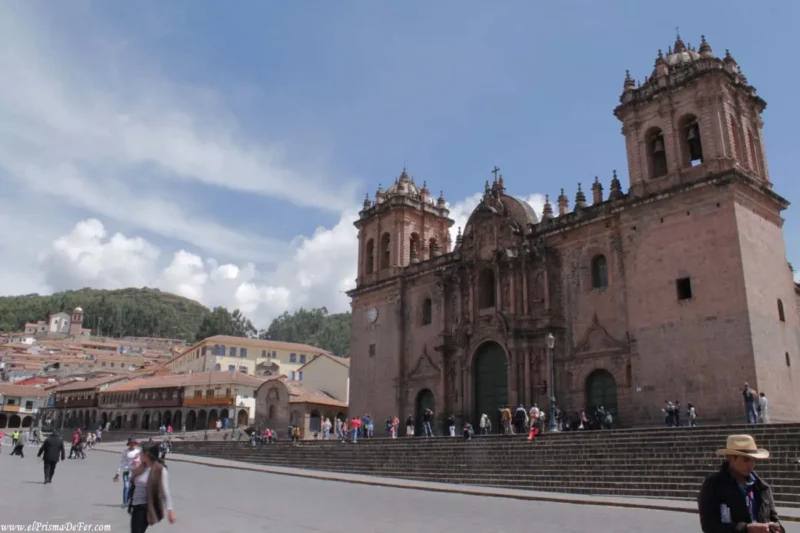

Table of Contents
History of Cuzco
Cuzco was the capital of the Inca Empire, the largest in South America before the arrival of the Spanish. Its origins date back to the 12th century, when the Incas began to consolidate their rule in the Andean region. The city was designed following the Inca worldview, with Tahuantinsuyo divided into four suyos, and Cuzco located in the center as the "navel of the world."
During the Inca period, the city became an important political, religious, and cultural center. Its temples, palaces and plazas reflected the power of the empire and its spiritual connection with Pachamama and the Sun god, Inti.
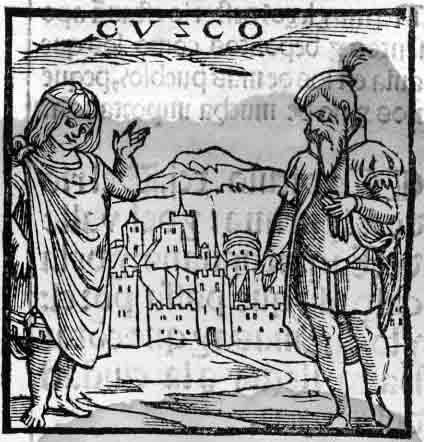
After the Spanish conquest in the 16th century, Cuzco was partially destroyed, but the colonizers built churches and buildings on the Inca foundations, generating a unique architectural fusion that can still be appreciated today.
What is the city of Cuzco like?
Cusco is, without a doubt, one of the most tourist-friendly cities in South America. The constant presence of tourists from all over the world is evident in every corner: from the backpacker-filled plazas to the numerous international restaurants, bars, and tour agencies scattered throughout the historic center.
The city has a cosmopolitan feel, but at the same time maintains that Andean identity that makes it unique.
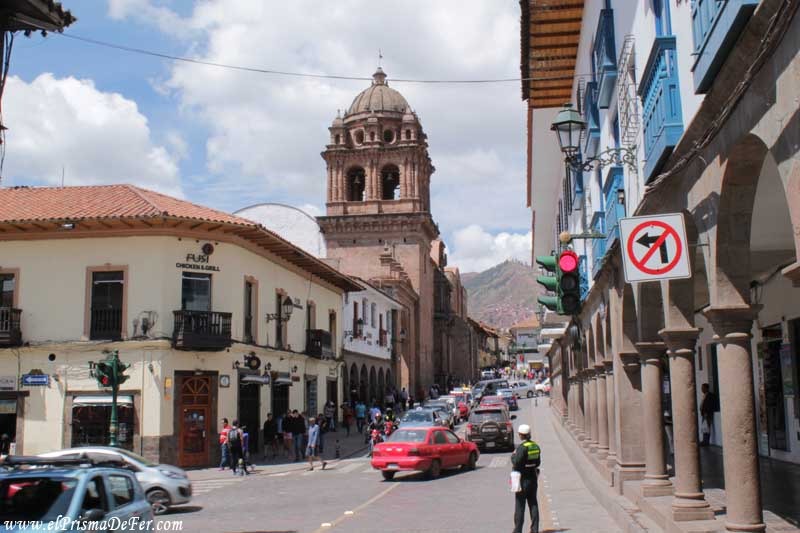
However, this huge influx of tourism also brings with it a less pleasant side. On the main streets, especially around the Plaza de Armas, it was quite common for people to approach me and offer drugs without much discretion.
More than once they would say to me, "Do you want Diego's?" while touching their noses, clearly alluding to cocaine, referencing the famous Diego Maradona.
Although it never went beyond a sale, I was struck by the ease with which this market circulates in the heart of the city.
How to get to Cusco
Cusco has a small but very active international airport, Alejandro Velasco Astete Airport, with domestic flights from Lima and other major cities in the country, as well as some international flights.
Most tourists arriving from outside Peru stop in Lima before flying to Cusco. From the airport to the city center, it's about a 15 minute taxi ride, which is fast and safe, although it's always a good idea to agree on the fare before boarding.
Cusco can also be reached by bus from other cities in Peru, such as Lima or Arequipa. There are several companies that offer long-distance tours, such as CIVA or Cruz del Sur, with comfortable buses, reclining seats, and on-board services.
Although the trips are long, from Lima, for example, they can take 20 to 22 hours and from Arequipa, about 12 hours, it's a more economical option and allows you to enjoy the Andean scenery along the way.
The Cusco Tourist Ticket
To visit most of the archaeological sites in the Sacred Valley, you must purchase the Cusco Tourist Ticket, a pass that includes several historical and cultural sites in both the city of Cusco and the Sacred Valley. This ticket cannot be purchased online: it is only available in person at the entrances to the sites or at authorized offices of COSITUC (Cusco Integrated Tourism and Cultural Services Committee).
Ticket types
- General Ticket: Lasts 10 days and allows entry to 16 sites in total, distributed between Cusco, the South Valley, and the Sacred Valley. It's ideal if you plan to explore the region at a leisurely pace.
- Partial Tickets: last 1 or 2 days (depending on the tour) and include only a few specific sites. They're a good option if you're short on time.
Prices by 2025 (approx.)
- General Ticket: 130 soles for adults.
- Partial Ticket: 70 soles for adults.
(Prices may vary slightly over time, so it's a good idea to check the official website when traveling).
Where to buy it
- At the entrance to the included sites (Pisac, Ollantaytambo, Chinchero, etc.).
- In the offices of the COSITUC in Cuzco (Avenida El Sol 103).

Map with the main attractions to see in Cusco
What to do in Cusco
Cusco is much more than a jumping-off point for Machu Picchu or the Sacred Valley; the city itself is worth several days of exploration.
Tour the Plaza de Armas
The Plaza de Armas of Cuzco is the heart of the city and a must-see for any visitor. Surrounded by colonial buildings, churches, and wooden balconies, it is the center of much of the city's social and tourist life.
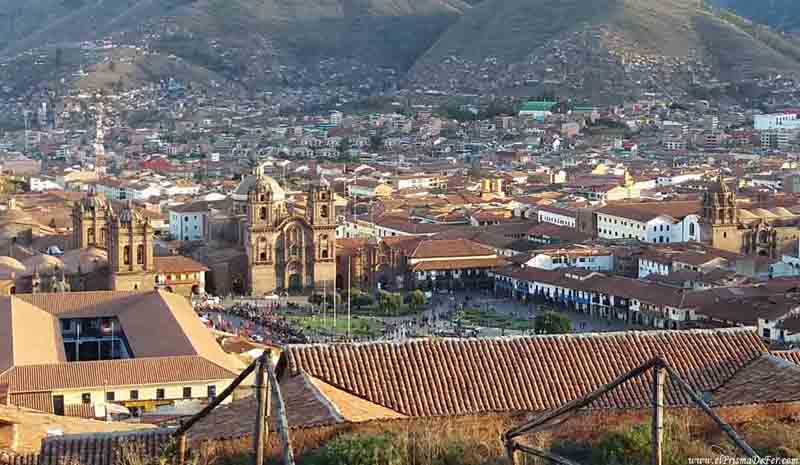
There you will find restaurants, bars, tourist agencies and also the Cuzco Cathedral, one of the most important buildings in the city.
Built on what was once an ancient Inca temple, the Cusco Cathedral is one of the city's most notable monuments. Its interior houses altarpieces, sculptures, and paintings of great historical and artistic value, many of which belong to the Cuzco school of art.
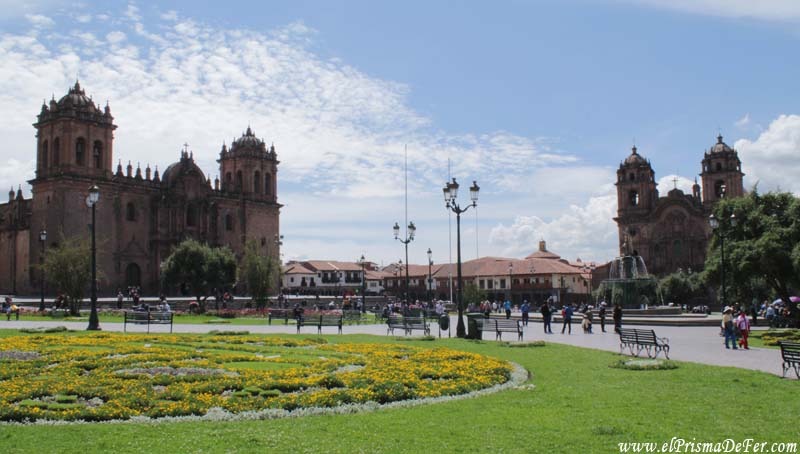
Right next door is the Templo de la Compañía de Jesús, another of the most important colonial buildings. Entering these churches allows you to appreciate the fusion of Andean tradition and Spanish influence, a reflection of Cusco's history.
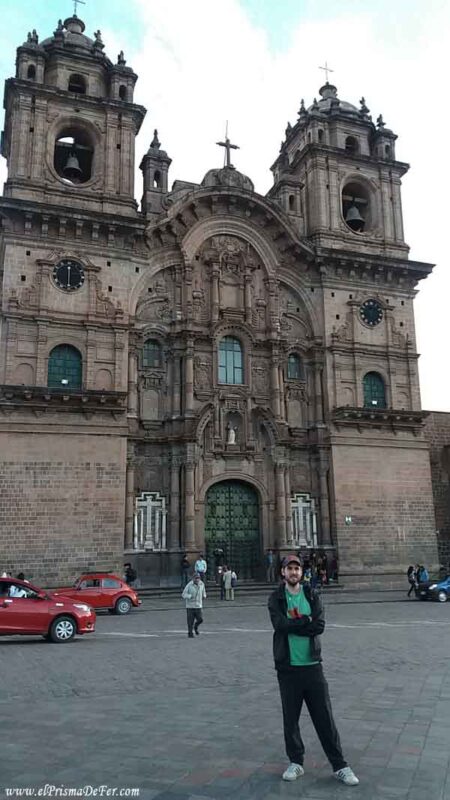
Spending time in the plaza allows you to soak up the Cuzco atmosphere, observe the local life, and enjoy the views both day and night, when the lighting highlights the architectural beauty. It's also an excellent place to start any tour of the city.
Go up to the San Blas neighborhood
The San Blas neighborhood is known as the bohemian and artistic area of Cusco. Its narrow, steep streets, lined with white houses with blue balconies, are perfect for wandering around. Here you'll find artisan workshops, small galleries, and charming cafes.
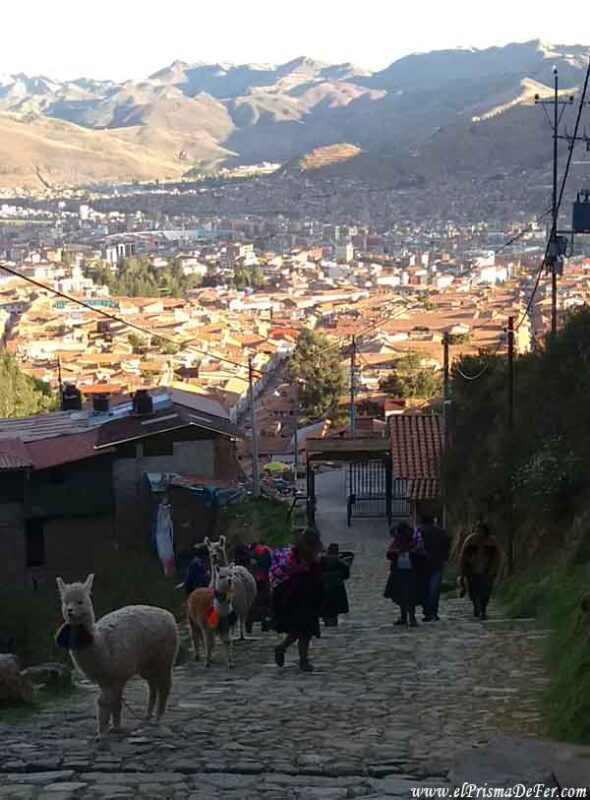
Plus, from the upper part of the neighborhood, you can enjoy excellent panoramic views of the historic center. It's ideal for spending a quiet afternoon, enjoying its relaxed atmosphere and exploring a more authentic side of the city.
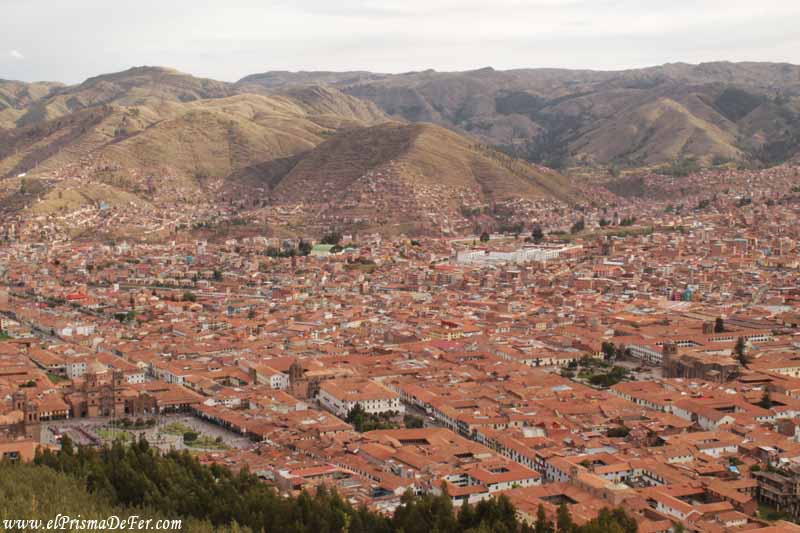
Explore local markets
One of the most vibrant places in the city is the San Pedro Market, where colors, aromas and flavors mix. There you can try natural juices, buy local products, or simply stroll through the aisles filled with everyday life.
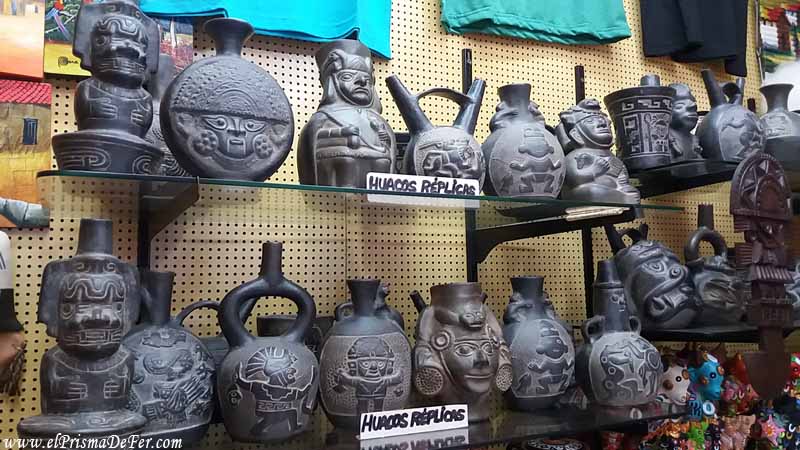
Visiting a market in Cusco isn't just about shopping, it's also a cultural experience. It allows you to see how the locals live, what they eat, and what their customs are like. It's also an ideal place to try traditional food at affordable prices.
Stroll through the Inca streets
Cusco is full of cobblestone streets and Inca walls that are still standing. Walking along paths like Hatun Rumiyoc, famous for the 12-angled stone, is like stepping back in time and admiring the architectural mastery of the Inca empire.
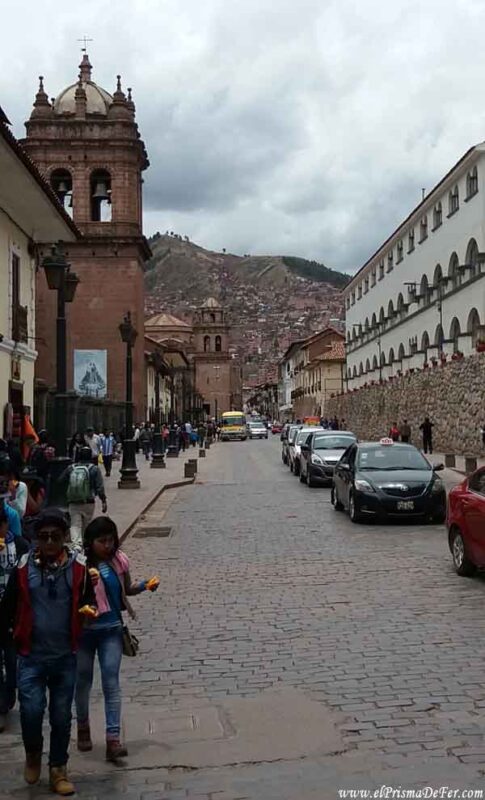
Beyond the tourist sites, it's worth simply wandering through the city, observing the contrasts between the pre-Hispanic heritage and colonial architecture. Every corner has a detail that recalls Cusco's grandeur as the capital of the Tahuantinsuyu.
Temple of Coricancha
Another of the most recommended visits in Cusco is the Coricancha Temple, one of the most sacred places of the Inca empire.

In pre-Hispanic times it was dedicated to the Sun God and its walls were covered with sheets of gold.
After the conquest, the Spanish built the Convent of Santo Domingo on top of it, making it a unique site where Inca remains and colonial architecture coexist.
Get to know the museums
In addition, the city has several interesting museums that allow you to delve deeper into Andean history and traditions.
The Inka Museum is one of the most complete, with archaeological pieces that explain the development of the empire, while the Pre-Columbian Art Museum exhibits unique objects from different cultures that inhabited the region before the Incas.
These spaces are ideal for complementing the experience of touring the ruins, giving you a better understanding of the cultural value of the Inca capital.
Explore the surrounding ruins
Very close to the center of Cusco are several archaeological complexes that provide a better understanding of the city's importance during the Inca Empire.
The most famous is Saqsaywaman, an imposing ceremonial fortress with enormous, perfectly fitted stone blocks that still surprise today with their construction technique. From there, you can also enjoy excellent panoramic views of the entire city.
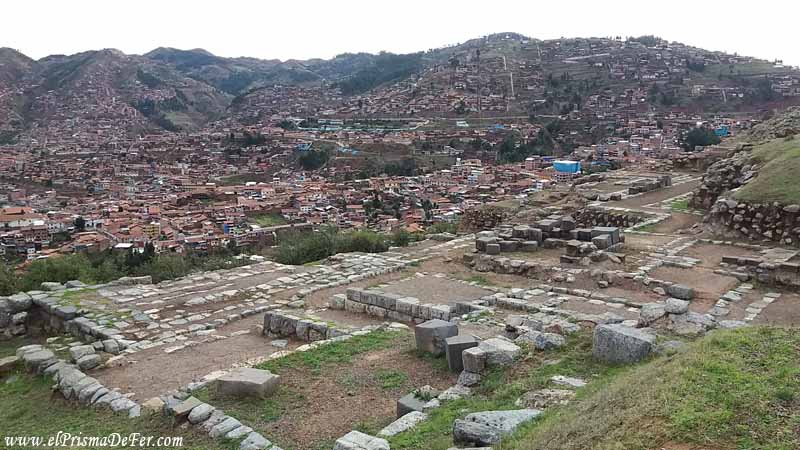
Within walking distance you can also visit other sites such as Q’enqo, Puca Pucara and Tambomachay, each with different functions within the Inca world, from ceremonial spaces to military checkpoints and water worship centers.

You can explore them on your own, by taxi, or by booking a tour that usually includes all of these ruins in a single half-day excursion. This is one of the most recommended activities to complement a visit to the historic center and gain a more complete understanding of the Inca heritage in the region.

Getaways from Cusco
Sacred Valley of the Incas
The Sacred Valley is one of the must-see excursions from Cusco. It brings together spectacular landscapes, traditional villages, and impressive archaeological sites such as Pisac, Ollantaytambo, Moray, and the Maras Salt Mines.
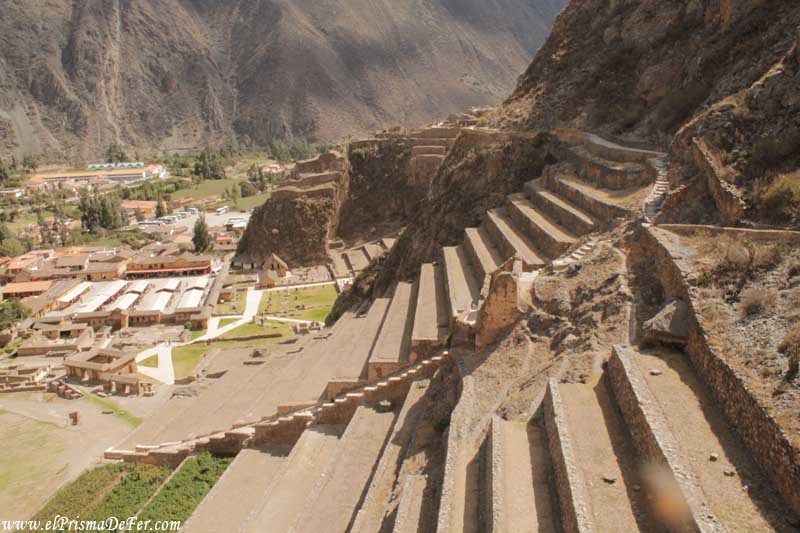
To explore the Sacred Valley, the most common option is to book organized tours from Cusco, which can be half-day or full-day.
However, it is also possible to get around on your own by taking local minibuses that connect the main towns in the valley.
In another post, I explain in more detail what to do and how to get around the Sacred Valley of the Incas.
Machu Picchu
Peru's ultimate icon and one of the wonders of the modern world. Visiting Machu Picchu from Cusco means planning trains, buses, and tickets ahead of time, or opting for trekking routes like the Inca Trail or Salkantay.

It's a destination I dedicated an exclusive post to, where I explain everything in detail, but it's worth mentioning here because it's usually the main goal of the trip.

You might be interested in reading about how to get to Machu Picchu economically and with a few hours of trekking
Rainbow Mountain (Vinicunca)
The famous Rainbow Mountain has become one of the most popular excursions from Cusco. Located at over 5,000 meters above sea level, the trek to reach its viewpoint is demanding due to the altitude, but the reward is the famous views of the reddish, yellow, and turquoise hues that tinge the mountain.
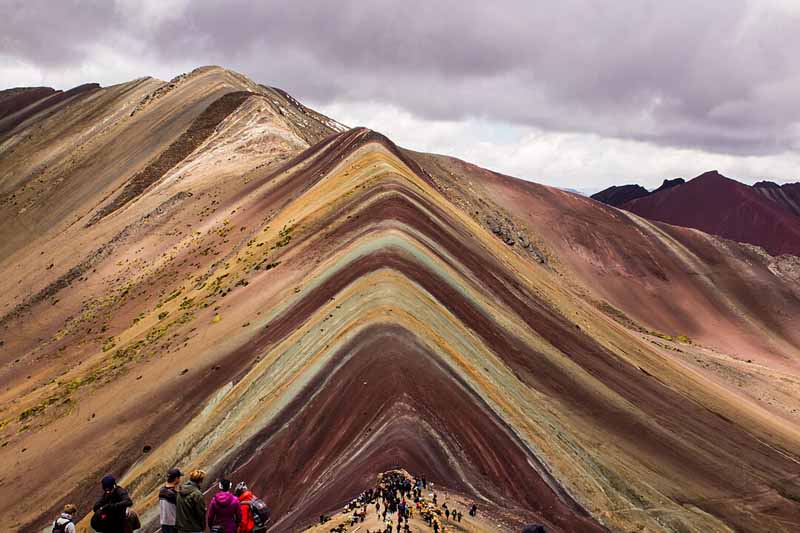
Most travelers choose to go on a full-day tour from Cusco, which includes transportation and a guide.
Humantay Lake
Another popular getaway from Cusco is the hike to Humantay Lagoon, famous for the intense turquoise color of its waters, framed by the snow-capped Salkantay Mountains.
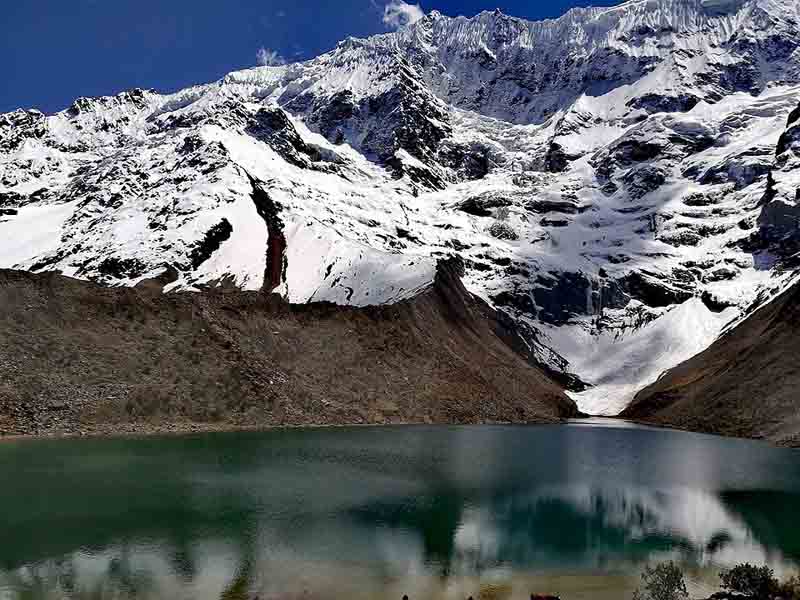
It's about three hours from Cusco by public transport, and then you have to trek with a medium difficulty to reach the lake.
It is a perfect excursion for those who enjoy nature and want to live a different experience from archaeological visits, combining adventure, landscape and some physical demand.
Activities organized from Cusco

Where to sleep in Cusco
Cusco is a fairly touristy city, so the accommodation options are wide and varied, from budget backpacker hostels to boutique and luxury hotels.
If you want to be close to the action, it's best to stay in the historic center, near the Plaza de Armas or the San Blas neighborhood. From there, you can walk to most museums, restaurants, and agencies that organize tours to the Sacred Valley or Machu Picchu, avoiding the need to rely too heavily on public transportation.
Security in Cuzco
In general, Cusco is a safe city for tourists, especially in the central and busier areas, where the police presence and constant flow of travelers create a relatively peaceful atmosphere. Walking around the Plaza de Armas and the surrounding streets shouldn't pose any major problems during the day or even in the early evening.
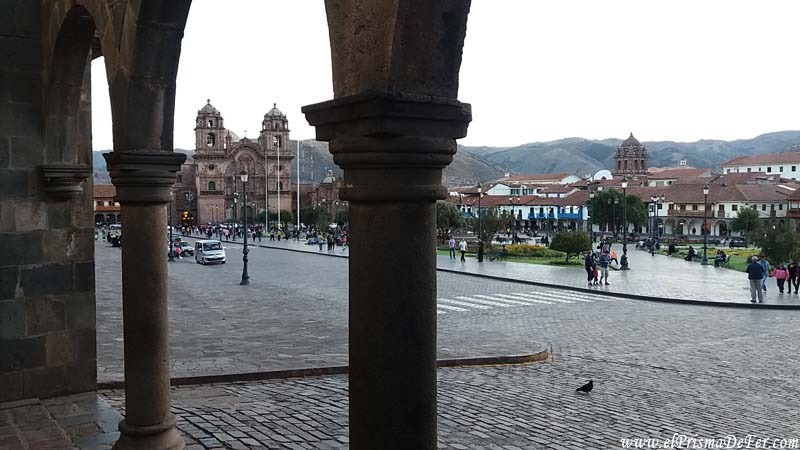
However, the situation changes when you move away from tourist areas. In more remote neighborhoods, especially at night and if you are alone, it's best to take extra precautions. Avoid walking on deserted streets, don't display valuables, and, if possible, use safe transportation (such as taxis provided by the app or from reliable agencies) to get around.
As in many tourist destinations, the key is to use common sense and not let your guard down outside of busy areas.
The best time to go to Cusco
Cusco is located at 3,400 meters above sea level, so the weather can vary greatly between seasons and times of day. The best time to visit is usually during the dry season, which runs from May to September. During these months, the days are sunny, the risk of rain is low, and the roads to the Sacred Valley and Machu Picchu are in better condition for walking or trekking.
Avoiding the rainy season, from November to March, is recommended, as the trails can be slippery and some hikes may be affected. However, this time has the advantage of fewer tourists, the landscapes are greener, and accommodation prices are usually lower.
How many days to stay in Cusco?
The number of days you should spend in Cusco depends on your plans. In my experience, the ideal is to stay at least 4 or 5 full days. This allows you not only to get to know the city, its historic center, museums, temples, and markets, but also to take a short trip nearby, such as touring part of the Sacred Valley or visiting the Hill of Seven Colors.
If your trip includes Machu Picchu, it's advisable to add a couple of extra days, since the transfer, logistics, and the visit itself take quite a bit of time. However, if your stay in Cusco is shorter, even 2 or 3 days can give you a good impression of the city, although it will be a more concise tour.
My thoughts on Cusco
For me, Cusco is the quintessential city to visit in Peru. Not only for its unique style and the history that permeates every corner, but also for the number of incredible places to visit in its surroundings. It's a city that combines the ancient with the modern, and remains the tourist and cultural heart of the country.
If you travel to Peru, my recommendation is to make sure you stop by Cusco and spend several days there. It's not enough to visit it on the way to Machu Picchu; it deserves its own time to explore, enjoy its atmosphere, and take advantage of the nearby excursions that make it a unique destination.
Support The Prism of Fer!
Your support helps me continue creating free content on the blog. Thank you so much!



